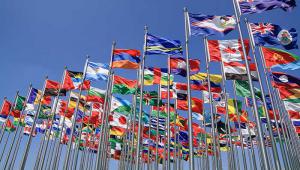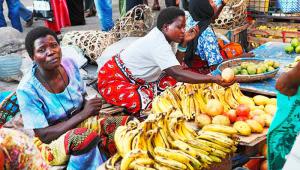The portal shows where countries need to improve access to services and where they need to improve information. It displays the largest volume of data on access to health services globally, and in each of the WHO’s 194 member states. Information around equity of access is also displayed.
Margaret Chan, director-general of the WHO, said that any country seeking to achieve UHC must be able to measure it.
“Data on its own won’t prevent disease or save lives, but it shows where governments need to act to strengthen their health systems and protect people from the potentially devastating effects of healthcare costs,” she said.
The WHO defines universal healthcare as access by all people and communities to healthcare without facing financial hardship. Countries aiming to provide UHC have the responsibility of creating “health systems that deliver the quality services and products that people need, when and where they need them”.
Such health systems must be administered by an adequately resourced and well-trained health workforce. Moreover, providing strong primary health care systems at community level is essential in making progress toward universal health coverage.
At least 400 million people globally lack access to one or more essential health services, according to WHO figures. Every year, 100 million are pushed into poverty and 150 million people suffer financial catastrophe because of expenditure on health services.
Last year, governments across the world agreed a target to achieve UNC by 2030, as part of the Sustainable Development Goals.
In November, a United Nations working group responsible for deciding how to monitor progress toward the SDGs, agreed on two measures for UHC. The new data portal provides data on both indicators, namely: the proportion of a population with access to 16 essential health services, and the proportion of a population that spends more that a quarter of its household income on health.
Further data displayed in the portal shows that around 44% of WHO member states report having less than one physician per 1,000 population. Moreover, Africa suffers almost 25% of the global burden of disease but has only 3% of the world’s health workers.
Marie-Paule Kieny, WHO’s assistant director-general for health systems and innovation, said expanding access to services would involve increasing spending for most countries.
“But as important as what is spent is how it’s spent. All countries can make progress towards UHC, even at low spending levels.”
According to WHO, some countries have made good progress towards UHC with low spending, while others only achieve lower levels of coverage even though they spend more. Among countries with low spending levels, there are large variations in coverage levels.
More data is due to be added next year, on topics such as the impact of paying for health services on household finances.












